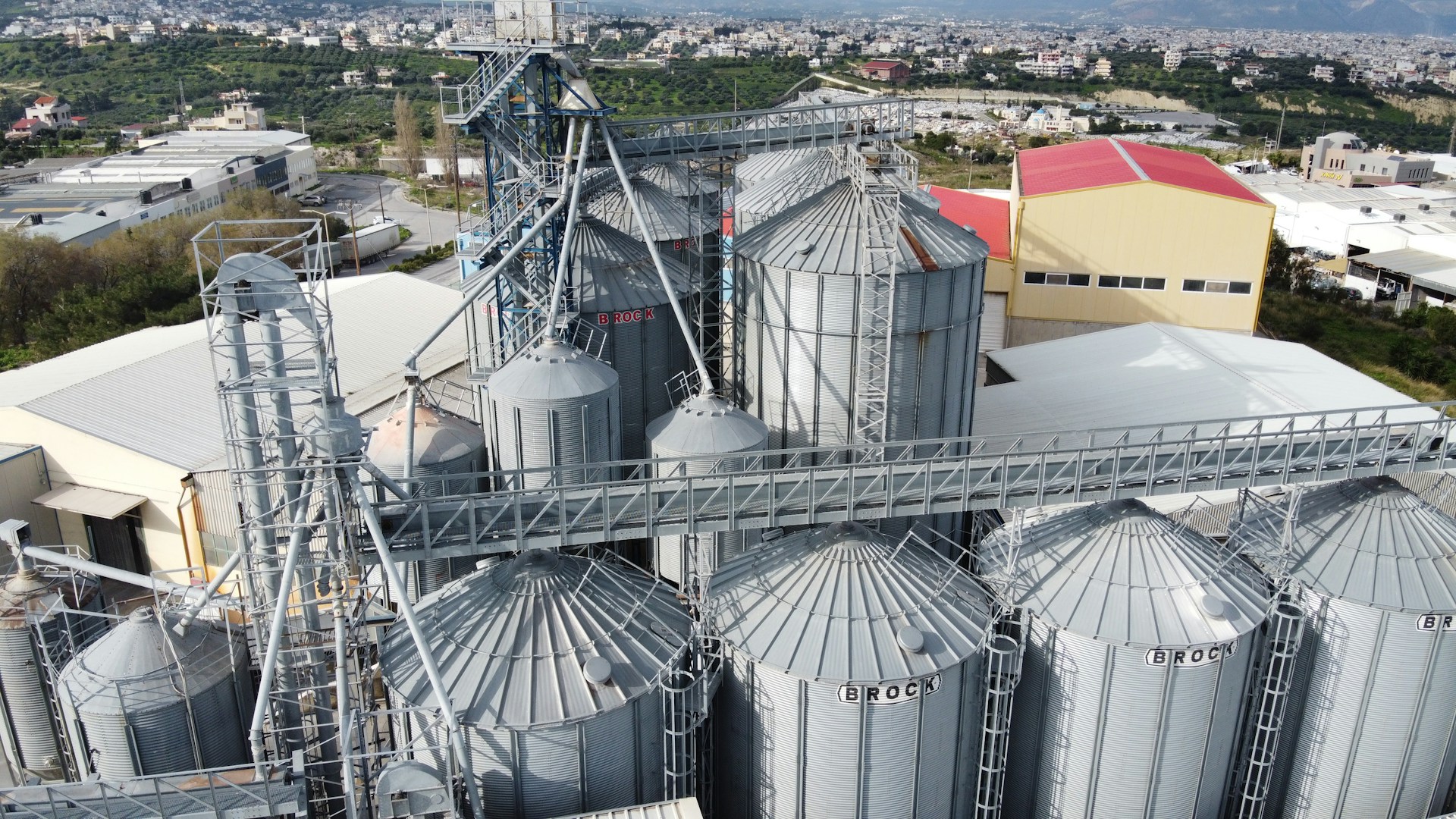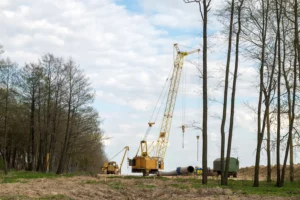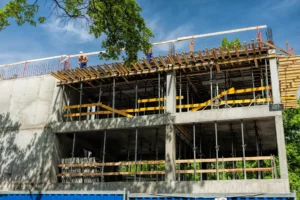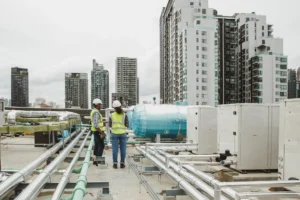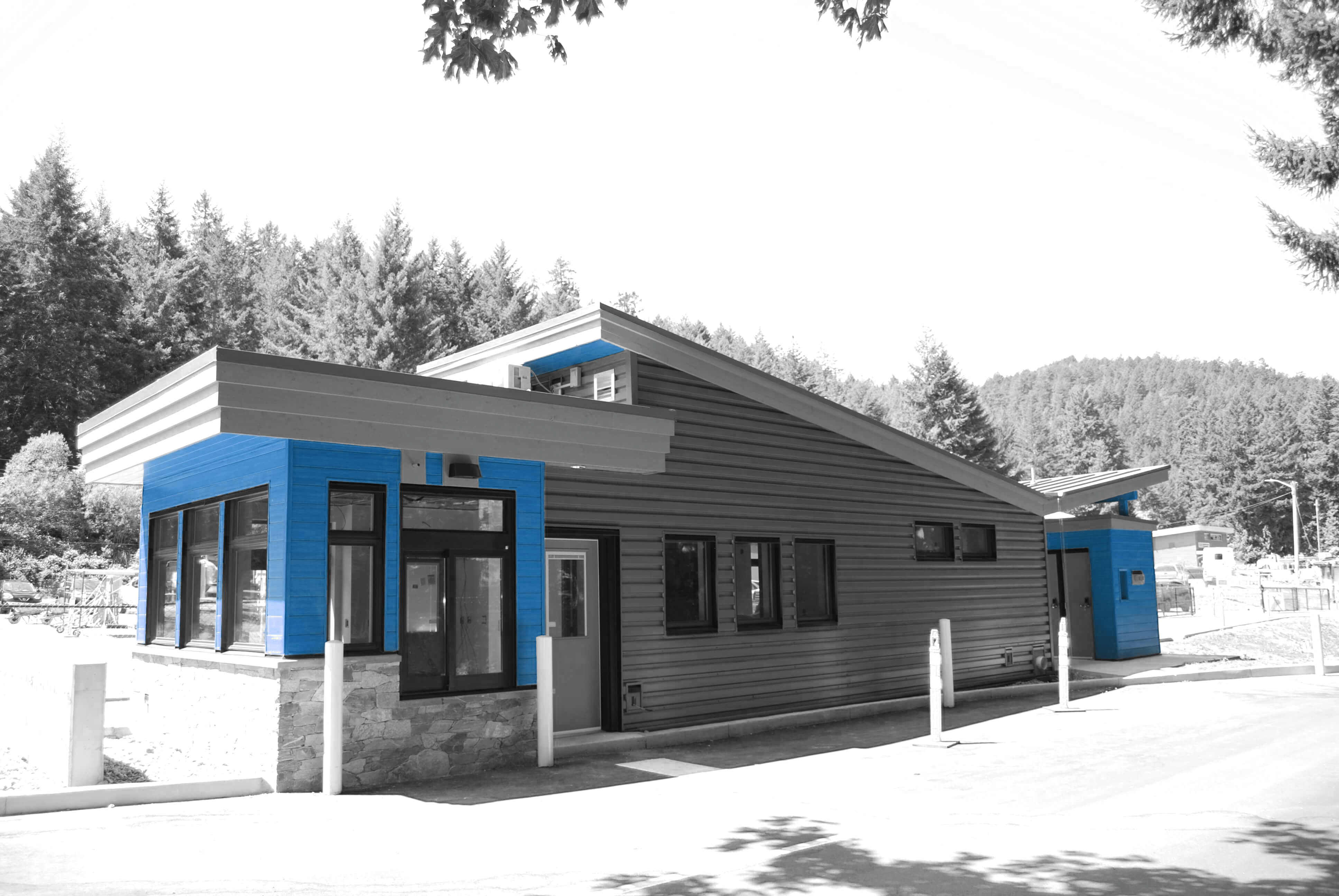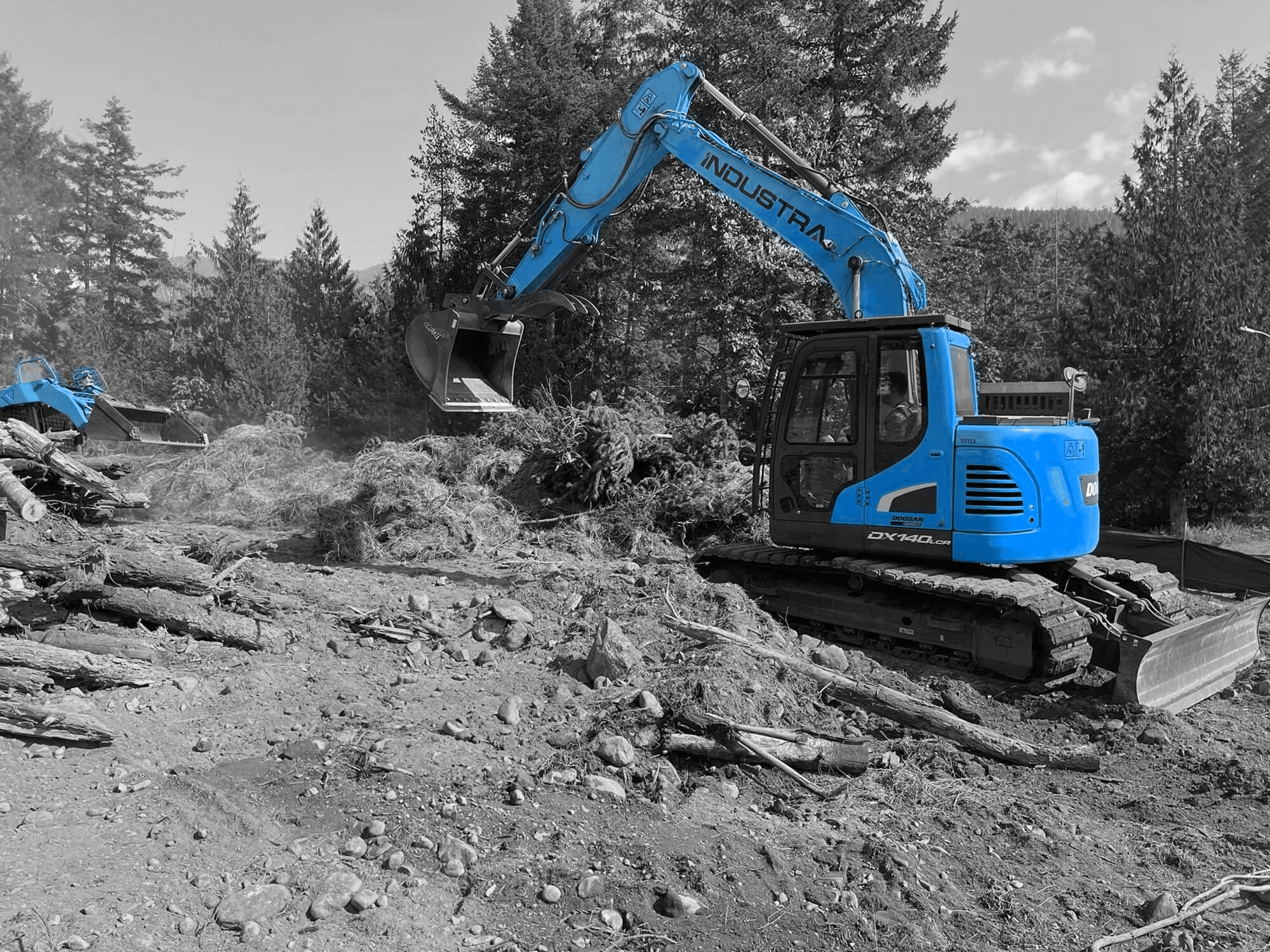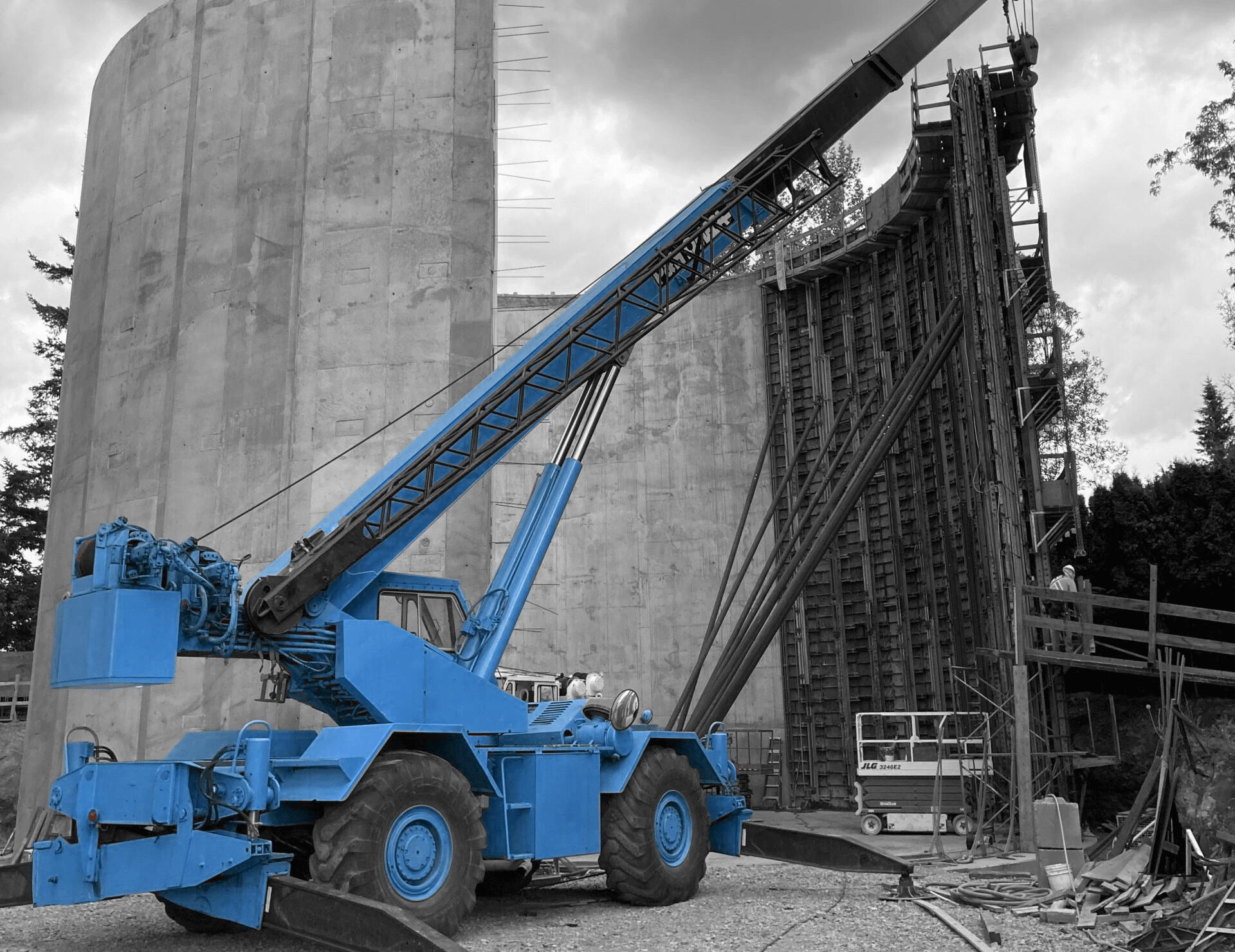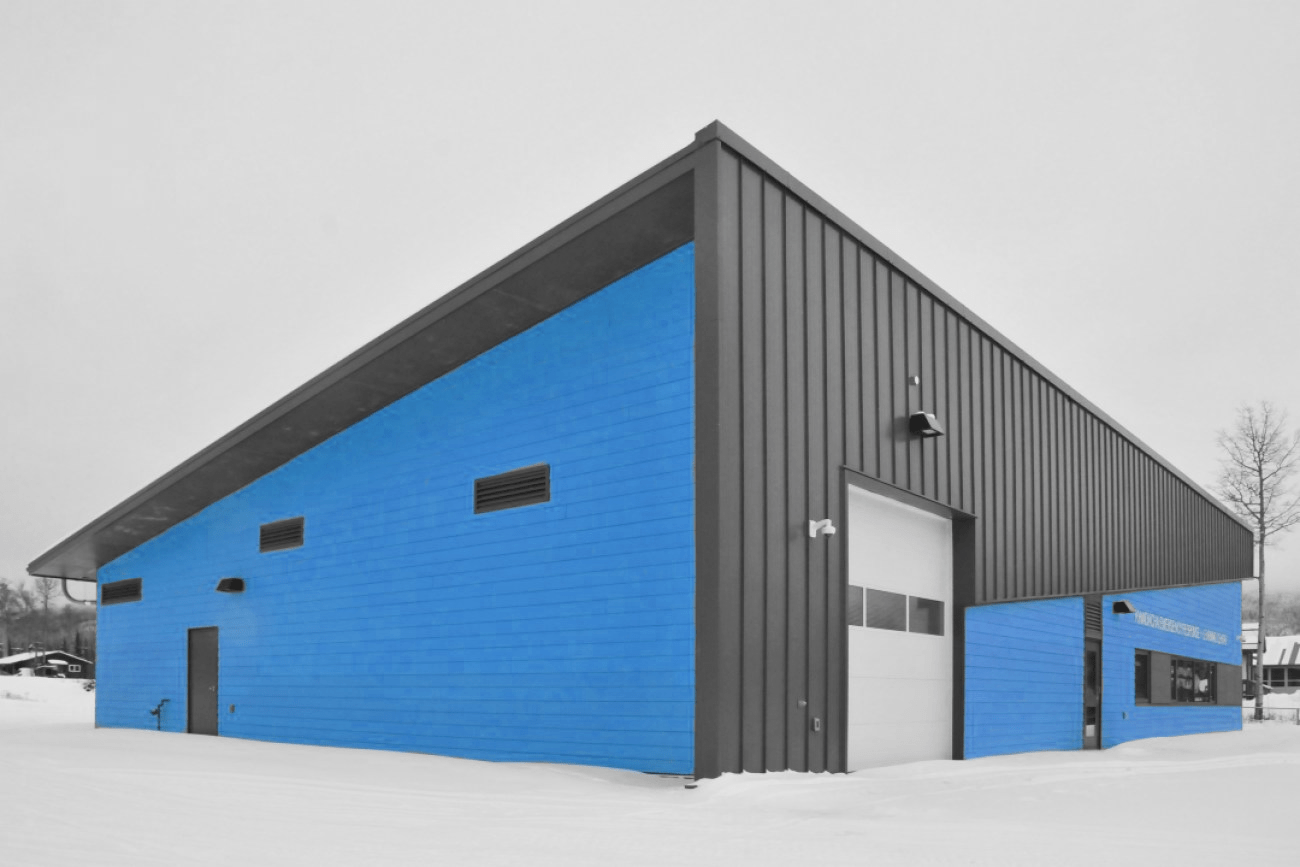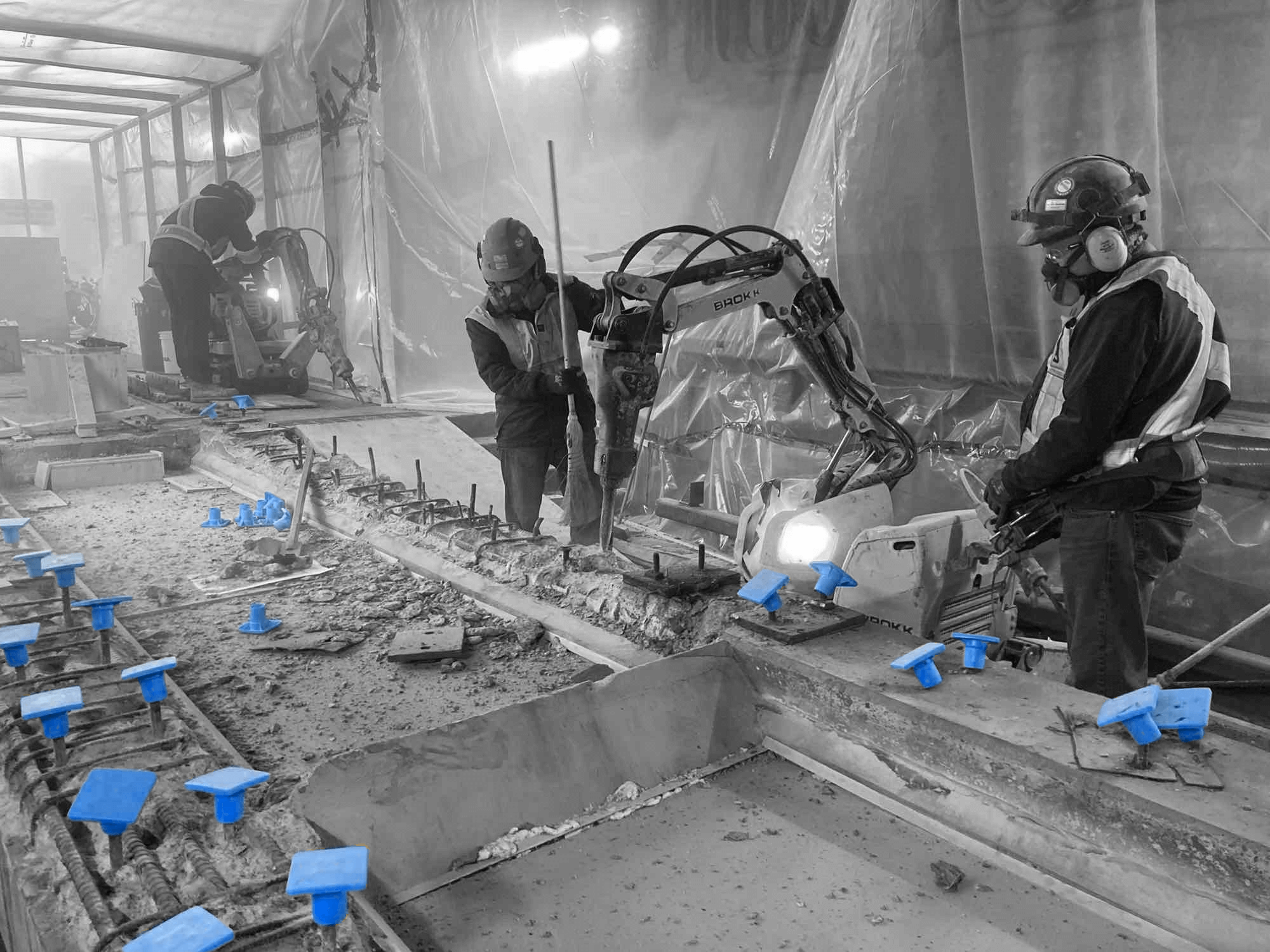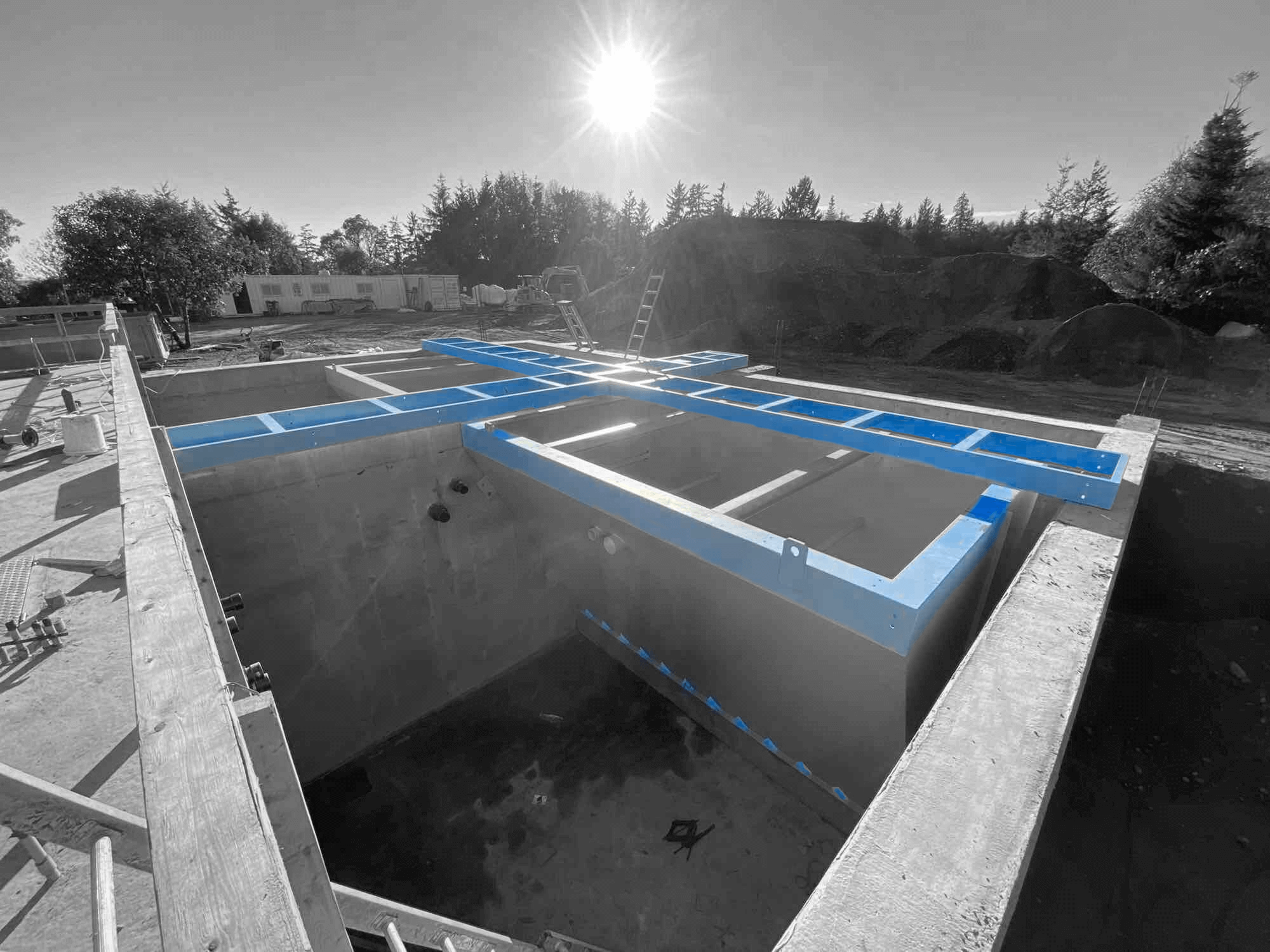In the field of industrial construction, ensuring compliance is a fundamental part of running a successful project. Compliance involves adhering to various rules and regulations that govern construction activities, ensuring everything is carried out safely, legally, and ethically. For those involved in industrial construction, understanding and implementing these regulations isn’t just about fulfilling legal obligations; it’s about fostering long-term success and reliability for every project.
Ignoring compliance can lead to severe consequences that can affect all parties involved. These might include costly fines, work stoppages, or even legal action. More significantly, non-compliance can harm reputations and create delays that ripple through the project’s timeline. Thus, adhering to compliance regulations helps in avoiding unnecessary complications and contributes to building a solid foundation for future industrial construction projects.
Understanding Compliance Requirements
Compliance in industrial construction involves a range of regulations that cover local, provincial, and federal levels. Each of these levels has specific requirements that must be met to lawfully proceed with construction. Understanding these regulations is a crucial first step in maintaining compliance.
1. Local Regulations: These often include zoning laws, building codes, and various permits required to begin and maintain construction activities. Adhering to these ensures a project doesn’t face interruptions from local authorities.
2. Provincial Requirements: These can range from safety practices to environmental considerations that are more extensive than local rules. Meeting provincial standards helps prevent regional issues from escalating.
3. Federal Rules: These are broad regulations that might include worker safety under occupational health and safety laws, as well as overarching environmental law stipulations. Compliance with federal rules ensures projects align with national standards and avoid significant penalties.
Staying updated with these varied and sometimes complex regulations is key. Regulations can and do change, and something that was compliant yesterday might not be compliant today. Regularly reviewing these laws and guidelines aids in maintaining compliance throughout the lifecycle of a project. By keeping these in check, industrial construction remains a smoother process and avoids unnecessary setbacks.
Steps to Ensure Compliance
Ensuring compliance in industrial construction isn’t just a box-ticking exercise; it’s an ongoing process that requires detailed planning and action. Several key steps help keep a project on the right side of the law and running smoothly.
– Comprehensive Planning and Documentation: Before breaking ground, detailed plans should be crafted. These plans need to align with current regulatory requirements and provide a clear outline of procedures that ensure compliance at each stage. Solid documentation supports accountability and offers a point of reference in case of audits or inspections.
– Regular Training and Certification: Workers should be equipped with the latest knowledge and skills relevant to compliance. Regular training sessions and updated certifications ensure that the workforce is well-prepared to meet regulatory expectations. Workers trained in safety practices are better suited to prevent accidents and incidents on-site.
– Thorough Inspections and Audits: Implementing regular inspections and audits during different phases of construction helps catch compliance issues before they become significant problems. These evaluations provide insights into how well compliance procedures are being followed and highlight areas requiring improvement.
These steps create a structure that supports compliance efforts throughout the entire duration of a construction project, encouraging a culture of safety and responsibility within the team.
Role of Technology in Compliance
Technology acts as a significant ally in maintaining compliance in industrial construction projects. It’s not just about keeping up with advancements; technology can directly improve how regulations are followed and managed on any given site.
– Software Tools: Using specialized software helps track and manage compliance requirements efficiently. These tools provide a centralised platform to record data, track progress, and ensure all regulations are being met without missing crucial deadlines.
– Real-Time Monitoring and Reporting Systems: Such systems offer immediate access to data on compliance status, making it easier to share updates and reports with stakeholders. Real-time monitoring ensures any deviations from compliance protocols are instantly identified, minimising risks and aligning operations with current regulations.
– Innovations in Technology: New technologies are continually being developed to aid compliance processes. From smart wearables that enhance worker safety on-site to drones that facilitate comprehensive site inspections, innovation is transforming how compliance is maintained in complex construction environments.
These technological solutions can dramatically enhance the ability to maintain compliance, reducing manual errors and ensuring efficient, effective adherence to regulatory standards.
Common Compliance Challenges and Solutions
Despite best efforts, compliance challenges often emerge in industrial construction projects. Understanding these common hurdles and formulating effective strategies to address them is essential for successful project completion.
1. Frequent Compliance Challenges: Many construction projects face similar issues: changes in regulations, human error in documentation, and varying interpretations of rules. These factors can create confusion and disrupt compliance.
2. Strategies to Overcome Challenges: To tackle these problems, it’s important to establish clear communication channels among all parties involved in a project. Regular workshops and training can update everyone on the latest compliance protocols, minimising misunderstandings. Engaging with legal consultants to interpret regulations correctly can prevent missteps.
3. Case Study Example: Consider a construction company that regularly ran into issues with meeting environmental standards due to shifting local regulations. By implementing a customized compliance management software and scheduling weekly training sessions, they managed to turn the tide and significantly reduce non-compliance incidents.
Overcoming these hurdles not only makes the project run smoothly but also fortifies its foundation for future success.
Ensuring Success in Industrial Construction
Ensuring compliance in industrial construction is a multi-faceted challenge requiring careful planning, the right technology, and continuous education. When approached correctly, it can make a significant difference not just in the smooth operation of a project, but also in its ultimate success and sustainability.
As we look ahead, it becomes clear that compliance isn’t a one-time task. It’s an ongoing commitment. Staying proactive is the key to managing compliance effectively, anticipating changes, and adjusting strategies accordingly. This diligence not only safeguards current projects but also enhances the potential for future endeavours. Maintaining these efforts ensures that projects are built on a framework of reliability and safety, keeping them on track for the long haul.
For those looking to navigate the complexities of industrial construction and ensure their projects are compliant and efficient, Industra Construction Corp. has the expertise to guide you through. Discover more about how we maintain compliance and deliver excellence in industrial construction with our proven solutions. Embrace the future of construction with a partner committed to your project’s success.


